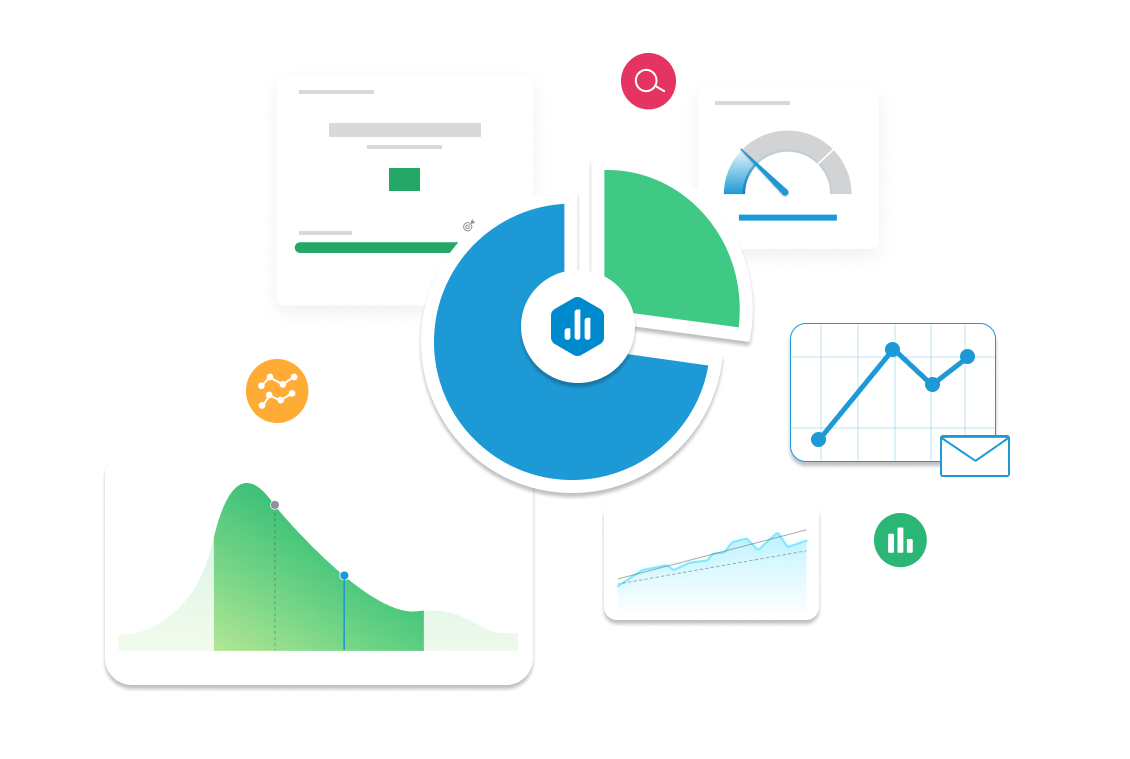Product-Qualified Leads (PQLs)
Discover how Product-Qualified Leads (PQLs) are users who have experienced meaningful value from your product and are most likely to convert. Learn how to identify, measure, and nurture PQLs to improve sales alignment and drive product-led growth.

| Category |
Marketing, Sales, SaaS |
|---|---|
| Type |
Leading Indicator |
| Calculation |
No universal formula—PQLs are defined based on custom product engagement criteria, such as: PQL=User who completes key in-product actions that signal readiness to buy |
| Measure |
Counts the number of free or trial users who reach a predefined threshold of product engagement, signaling sales-readiness. |
| Data Sources: |
Mixpanel, Amplitude, Pendo, Heap, HubSpot, Salesforce, Segment, Intercom, custom CRM integrations. |
| Frequency |
Tracked continuously and reported weekly or monthly to evaluate the quality of product-led lead flow. |
Example target
Generate 1,000 PQLs in Q3 by refining onboarding flows, highlighting “aha” features, and tracking key product usage milestones.
Example Reports Use Case
A Product-Led Growth Manager monitors PQL volume and conversion rate to ensure users are reaching value moments. Sales teams prioritize outreach to PQLs for better win rates and shorter cycles.
What are Product-Qualified Leads (PQLs)
Product-Qualified Leads (PQLs) are potential customers who have experienced real value from your product—typically through a free trial, freemium model, or limited access—and are more likely to convert into paying users. Unlike Marketing Qualified Leads (MQLs), which are based on engagement (like downloads or webinar signups), PQLs are based on actual product usage.
This KPI is important because it focuses on leads who’ve already interacted with your product and shown intent to buy, making them more valuable and easier for sales teams to convert. PQLs are especially useful for product-led growth strategies, where the product itself drives customer acquisition.
There’s no universal formula, but businesses often define a PQL using a combination of in-product behaviors.
Example criteria:
-
User completes a key action (e.g., creating a project)
-
Logs in multiple times
-
Invites teammates
Tracking PQLs helps marketing, product, and sales teams align around high-potential leads and boost conversion efficiency.
How to Calculate Variants of Product-Qualified Leads (PQLs)
There isn’t a single formula for Product-Qualified Leads (PQLs) because each company defines them based on meaningful in-product actions. But you can track the number of PQLs in different ways to get helpful insights.
1. Monthly or Yearly PQLs
Track how many PQLs are generated over time to monitor growth or product adoption trends.
Example: If 500 users signed up in April and 120 met your PQL criteria (e.g., created a project, invited a teammate), then April PQLs = 120
2. PQLs by Channel
Segment PQLs by acquisition source—like email, paid ads, or referrals—to see which marketing efforts drive high-quality users.
Example:
-
Email: 60 PQLs
-
Paid Ads: 30 PQLs
-
Referrals: 90 PQLs
3. PQL Conversion Rate
PQL-to-Customer Rate = (Customers from PQLs ÷ Total PQLs) × 100
This shows how well your product converts engaged users into paying customers.
Why Product-Qualified Leads (PQLs) Matter
Product-Qualified Leads (PQLs) are important because they identify users who’ve already experienced value from your product and are more likely to convert into paying customers. This makes PQLs one of the most accurate indicators of true buying intent—especially in product-led growth (PLG) models.
Tracking PQLs helps improve efficiency and profitability by focusing sales and marketing efforts on leads with the highest conversion potential. For example, if users who complete a key action (like creating a project or inviting teammates) are more likely to upgrade, those actions can be used to define and target PQLs more effectively.
PQLs give insight into product engagement, onboarding quality, and user satisfaction. Product teams use this data to improve the user experience, marketers use it to optimize lead gen campaigns, and sales teams use it to prioritize outreach. Regularly tracking PQLs ensures better alignment between teams and more predictable, sustainable revenue growth.
Related KPIs to Product-Qualified Leads (PQLs)
Product-Qualified Leads (PQLs) are deeply connected to other key metrics that reflect user engagement, conversion potential, and overall growth efficiency.
PQLs vs. Activation Rate
Activation rate tracks how many new users reach a meaningful first milestone in your product—often a key trigger for becoming a PQL. If activation is low, PQLs may also drop, signaling onboarding issues.
PQLs vs. Conversion Rate
PQL-to-Customer conversion rate shows how effectively your sales team turns engaged users into paying customers. A low rate may indicate a gap between product interest and purchasing motivation, helping you refine your follow-up strategy.
PQLs vs. Customer Acquisition Cost (CAC)
Focusing on PQLs can lower CAC because these leads are more likely to convert. If PQLs rise but CAC stays high, you may need to streamline your sales process.
Together, these KPIs reveal how well your product, marketing, and sales teams work together to drive efficient, product-led growth.



